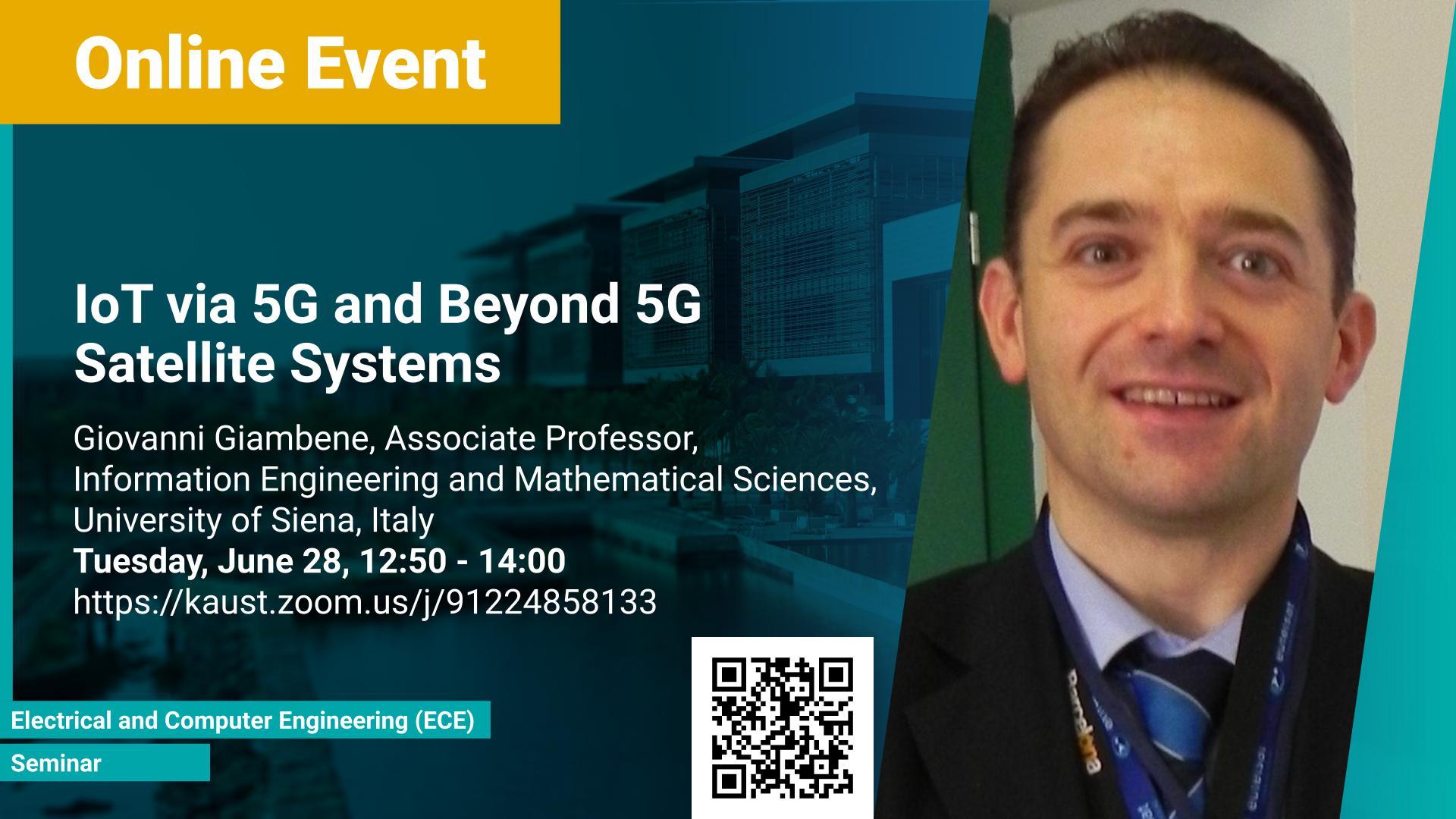Abstract
One of the key drivers for next-generation mobile communications is the support of the Internet of Things (IoT), with billions of objects connected to the Internet and very low latency. The 5G technology will support the realization of smart cities, smart environments, and big data applications. Within the 5G framework, the terrestrial services can be augmented with the development of Non-Terrestrial Networks (NTN) composed of many ‘layers’ including mega-LEO satellite constellations, High Altitude Stations (HAPs), and Unmanned Aerial Vehicles (UAVs). This lesson investigates the integration of satellite technology and IoT, considering different architectures and sensor technologies as NB-IoT, LoRa/LoRaWAN, and SigFox. These architectures will also envisage UAVs to collect massive data from remote areas and the possibility to connect via 5G satellite access to the Internet. Applications are possible in fire alarm detection, smart agriculture, animal tracking, plant disease control, environmental monitoring, just to name a few.
Brief Biography
Giovanni Giambene (h index = 25 Google scholar, 20 SCOPUS, 14 ISI WoS) was born in Florence, Italy, in 1966. He received the Dr. Ing. degree in Electronics in 1993 and the PhD degree in Telecommunications and Informatics in 1997, both from the University of Florence, Italy. In 1999, he joined the Department of Information Engineering and Mathematical Sciences of the University of Siena, Italy. At present, he is an associate professor (with Italian scientific qualification for full professorship), teaching the first-level course on Fundamentals on Telecommunications and the advanced course on Networking at the University of Siena.
